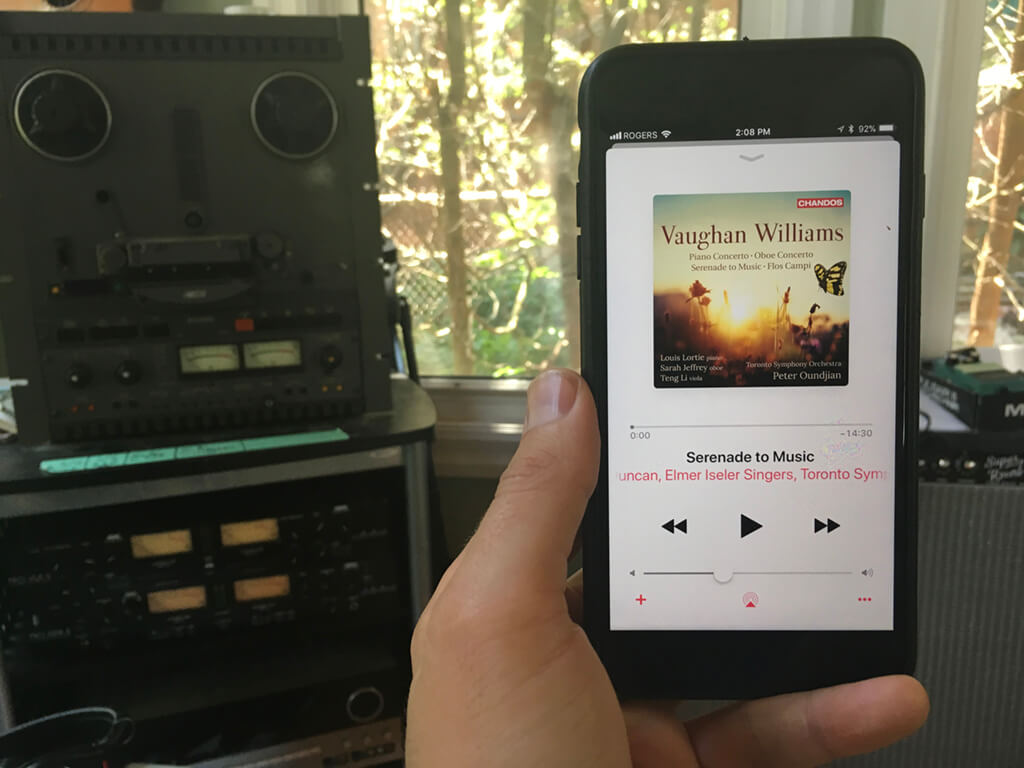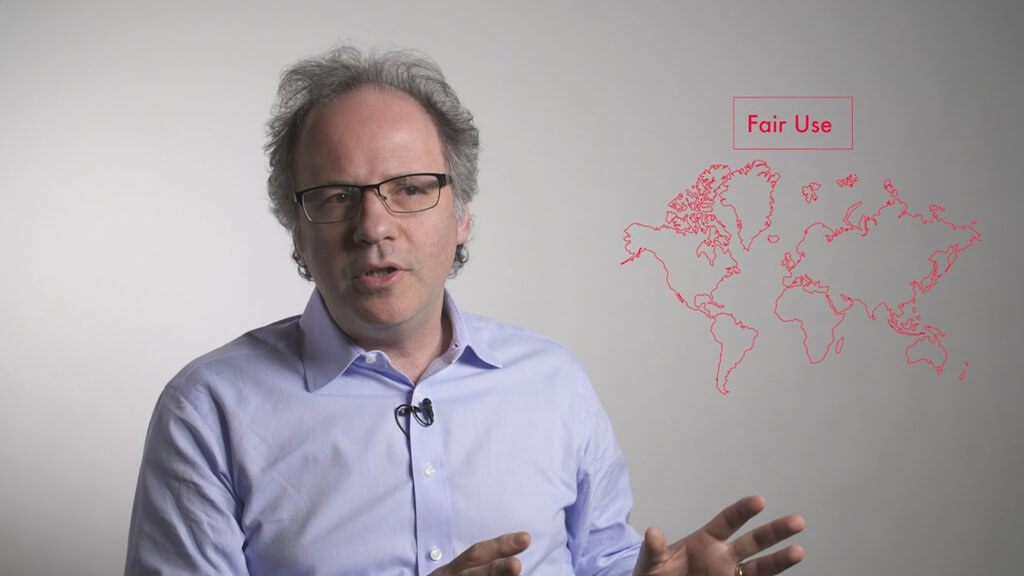
One hundred and sixty million dollars over four years — it would be a shot in the arm for the Canadian music industry, to be sure. According to information obtained under the Access to Information Act, that’s what the industry is asking the federal government to pony up to compensate artists for what is known as private copying.
Members of an organization called the Canadian Private Copying Collective met with officials from the Canadian Heritage department, including Deputy Minister Graham Flack along with other senior bureaucrats and politicians, to make their case for the proposed $160 million payout. The meeting took place in October 2017, just before the mandated review of the Canadian Copyright Act began in November 2017.
Documents from the meeting were obtained under the Access to Information Act. According to the meeting notes, the CPCC believes that changing copyright legislation will take too long, and are asking the feds for what they claim is a payment equivalent to what would be collected under a scheme more like that enjoyed by artists in the EU. According to the CPCC meeting notes, European private copying revenues account for more than 90 percent of the global copying revenues.
What do they mean by “private copying”? At one time, payment for musical artists was relatively simple. Artists received royalties on sales of their CDs and records. Any copies made were deemed illegal. As advances in technology made the ability to copy music accessible to virtually anyone, the law was changed. In essence, private copying of copyrighted works is legal, and the rights holders receive their compensation in the form of a share of the levies that are added to blank, recordable media. That’s where the law began, and where it still ends in Canada.
As in other countries worldwide, the tariffs are collected by a central organization and then distributed through recognized agencies representing the various rightholders, eventually trickling down to the artists themselves. In Canada, the Canadian Private Copying Collective is the agency that collects those revenues, and represents the various stakeholder organizations. Eric Baptiste is CEO of the SOCAN as well as the CPCC.
With the sales of recordable CDS — and CDs in general — steadily declining, so have the revenues generated for Canadian artists. While some jurisdictions have revised copyright legislation to take newer media and consumer habits into account, Canada has lagged behind the curve. In fact, the Canadian government moved to specifically exclude micro-SD cards, used extensively in both computers and smartphones, from the private copying legislation. Declining remuneration is the rationale behind the CPCC’s proposal.
Canadian law only allows for private copying tariffs on so-called blank media, including recordable CDs, tapes, and mini discs. Total revenues have plummeted from $8,223,279.00 in 2012 to $3,521,174.00 in 2015. As reported in The Gazette in December 2017, the current Canadian private copying rate of 29¢ for the sale of each CD-R, CD-RW, CD-R Audio or CD-RW Audio will be maintained through 2019.
Hard figures on global practices come from the International Survey on Private Copying Law and Practice 2016, the most recent version, as compiled by the World Intellectual Property Organization. The World Intellectual Property Organization, or WIPO, is a self-funding agency of the United Nations, and represents 191 member states from their headquarters in Switzerland. The Survey includes data from 31 countries worldwide, including Canada, the U.S., Europe, Scandinavia, Japan, and Burkina Faso. It looks at tariffs related to 33 different types of media and devices, including MP3 and other music players, radios, CD, and DVD players, TVs, notebook computers with optical drives, memory cards, cell phones, and tablets.
As a point of comparison, in Germany, tariffs apply to the whole gamut of 33 devices. Their Copyright Act was last amended in 2007, including the compensation for private copying. Importers, manufacturers, retailers, and resellers are all liable to pay the tariffs. In 2014, the tariff on consumer mobile phones was EU6.25 per unit, with the business rate set at EU3.125 per unit. Tablets are levied at EU8.75 per unit for consumers and EU3.50 per unit. Revenues from mobile phones went from EU130,267,000 in 2012 down to EU55,220,000 in 2015. Overall revenues, however, private copying rose from EU74,117,000 to EU100,665,000 during the same period. Private copying revenues have declined in some EU countries, however, such as Poland and Portugal.
Facts and figures in the CPCC meeting documents, called a “Fact Sheet”, included details prepared by the Copyright and International Trade Branch. The most interesting part comes in the form of handwritten notes that claim that Canadians are actually copying music more than they have in the past, citing an unsourced figure of 25 billion acts of private copying. The notes also provide the basis for the $40 million per year figure, purportedly calculated based on an EU average tariff of $3.5 per device, which would yield about $40 million in Canada. The figure seems optimistic at best. There are currently just under 30 million mobile phone subscribers in Canada, and fewer own tablets and MP3 players. The $40 million figure would represent annual sales of more than 11 million units.

The CPCC has been advocating for more extensive private copying tariffs for several years. The plan to add tariffs to devices like mobile phones, iPods, and tablets is supported by a general consensus of music industry through the Canadian Music Policy Coalition, which incorporates 17 music associations, including SOCAN and the Canadian Music Publishers Association. However, the whole concept of adding to the range of private copying tariffs is not without its vocal critics, including Michael Geist, who has written on the subject for the Globe and Mail as well as on his own blog. Geist is a writer and academic who holds the Canada Research Chair in Internet and E-commerce Law at the University of Ottawa, Faculty of Law.
One of the major critiques of the proposal is that copying itself has become more or less obsolete. As Geist and other observers point out, private copying is already in decline as the industry switches to audio streaming as the major medium for music. Fully licensed streaming services are touted as saving the music industry. Digital revenues now account for about 80 percent of the market for recorded music in the United States. Streaming revenues have jumped 63 percent. It’s true that fully licensed streaming services like Spotify can reduce copying, but while record company revenues have risen 16 percent in the past year, the artist’s share of revenues from streaming services is the subject for another lengthy debate.
In 2017, SOCAN collected $49.3 million in streaming royalties for rightsholders, a record high. But, while the three largest (Spotify, Apple Music, and Amazon,) raked in about $14.2 million USD per day globally in 2017, the rates that artists receive are still low. Spotify, for example, pays artists a per-stream rate of $0.0038, and YouTube only $0.0006 per play. To put that into perspective, an artist on Apple Music would have to get about 200,000 plays per month to earn $1472USD per month. An unsigned artist on Spotify, the service with the largest market share worldwide, needs about 380,000 plays to make the same amount.
Another argument raised against the proposed copying tariffs is that streaming has also significantly reduced music piracy. Research data from the Ipsos Connect Music Consumer Insight Report 2016 comes from the world’s 13 largest music markets, including Canada, which account for just under 85 percent of the global music market. About 30% of internet users reported stream ripping music in the past six months. That’s up from 27 percent in 2015. Stream ripping involves illegally downloading the music from YouTube videos, for example, or through a pirate site like BitTorrent.
Canada recently usurped Australia to become the sixth largest music market in the world. Logically, artist’s incomes should be growing too. What all the debate and the figures boil down to is simply this: how do we make sure that artists are fairly compensated for their work?
- PREVIEW | JUNIOR Festival Offers A May Long Weekend Of Arts & Performances For Kids - April 18, 2024
- PREVIEW | Esprit Orchestra Ends 2023-24 Season With Sonic Universe - April 17, 2024
- THE SCOOP | Toronto Symphony Orchestra Hits The Road To Montreal & Ottawa With JUNO-Winning Canadian Mezzo-Soprano Emily D’Angelo - April 17, 2024



